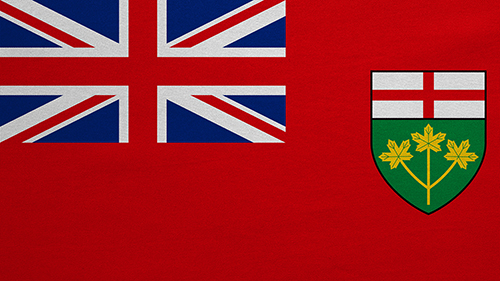
Ontario Releases 2020-21 First Quarter Finances
TORONTO — The Ontario government is continuing to support the province’s recovery from COVID-19 over the long-term while delivering on its commitment to transparency and accountability with the release of 2020–21 First Quarter Finances and an update to Ontario’s Action Plan: Responding to COVID-19. To protect the health and economic well-being of the people of Ontario, the government continues to invest and budget for further contingencies in the fight against the COVID-19 outbreak, including providing support to families, businesses, workers, municipalities, long-term care homes and those on the front-lines of the pandemic. These investments bring the government’s COVID-19 response action plan to a projected $30 billion, up from $17 billion announced in Ontario’s Action Plan: Responding to COVID-19 on March 25, 2020.
“Dealing with COVID-19 wasn’t a choice for any of us, but how we responded was,” said Rod Phillips, Minister of Finance. “From the very beginning, we chose to do whatever was necessary to protect the people of Ontario from this pandemic and support them as they deal with the unprecedented impact on their lives.”
Since announcing the first steps in the government’s response to the global pandemic, the government is making additional investments in the fight against COVID-19, including:
- An increase of $4.4 billion for a total of $7.7 billion to provide ongoing support for health care to build hospital capacity, prevent and contain the spread of COVID-19 in long-term care homes, ramp up testing and purchase personal protective equipment and critical medical supplies.
- An increase of $7.3 billion for a total of $11.0 billion to support people and jobs, which supports investments in a temporary pandemic pay for more than 375,000 eligible frontline workers totaling over $1.5 billion, $4 billion in targeted funding to help municipal partners and transit agencies to continue to deliver critical services, and temporary immediate relief for residential, farm, small business, industrial and commercial electricity consumers.
The government is now projecting a deficit of $38.5 billion in 2020-21, which incorporates the most up to date economic information and additional supports for the pandemic recovery period and the safe restart framework. Private-sector forecasts, on average, project that Ontario’s real GDP will decline by 6.6 per cent in 2020, down significantly from when the March 2020 Economic and Fiscal Update was finalized. Total revenue is projected to be $150.6 billion in 2020-21, $5.7 billion lower and program expenses are projected to be $13.1 billion higher than forecast in the March 2020 Economic and Fiscal Update.
When announced in March, Ontario’s Action Plan: Responding to COVID-19 contained historic levels of prudence and flexibility, including a dedicated $1 billion COVID-19 Health Contingency Fund, a $2 billion Support for People and Jobs Fund, a standard Contingency Fund of $1.3 billion and an unprecedented reserve of $2.5 billion, the largest in Ontario’s history. Given the continued economic and health uncertainty, the government has included additional prudence totalling almost $9.6 billion to ensure the Province is prepared for future scenarios stemming from the ongoing uncertainty of COVID-19.
While no economic downturn is the same as the last, it took between 24 and 88 months to return to pre-recession peak employment across the last three recessions. However, as Ontario gradually reopens, following the plan outlined in A Framework to Reopen Our Province, there have been recent signs of economic recovery. In June and July, Ontario’s employment increased by 528,600 net jobs and the unemployment rate decreased to 11.3 per cent. Home resales in the province rose 56.6 per cent in May and 67.0 per cent in June, after declining for two consecutive months. Ontario manufacturing sales increased 17.5 per cent in May, while retail sales rose 14.2 per cent, after both declined for two consecutive months.
“From the outset, our government determined that putting public health first not only would save lives, but was the smartest economic policy,” said Phillips. “The faster and steadier the progress to contain the outbreak, the sooner restrictions can be lifted so customers can return to businesses and employees can get back to work. While we still have a long road to recovery, defeating the virus is essential to getting our economy growing again and to ensure the long-term sustainability of the public’s finances.”
The Province’s next fiscal update will be a multi-year provincial Budget, to be delivered no later than November 15, 2020. Ontario was the first in Canada to release a fiscal outlook that reflected the impacts of the COVID-19 crisis. This was a responsible approach that allows the Province to continue assessing the economic situation and provide transparency and accountability based on the most recent and reliable data available at the time.




